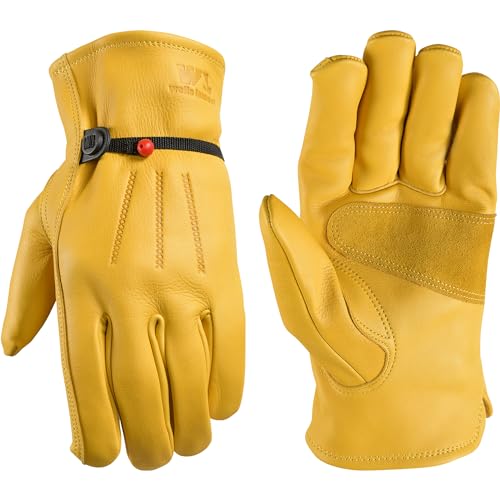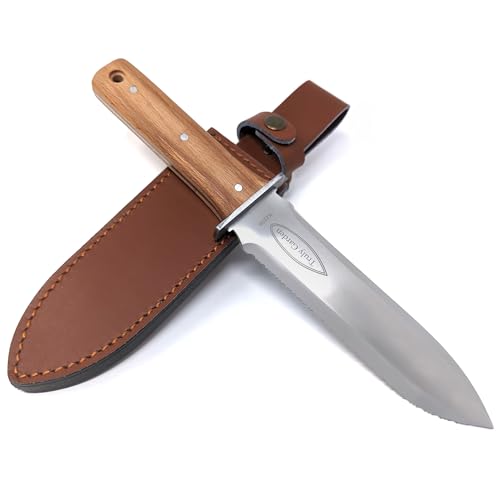Best perennials to attract hummingbirds – 5 fantastic flowers to grow, as recommended by master gardeners
These colorful and fragrant perennials will prove popular with hummingbirds and other pollinators
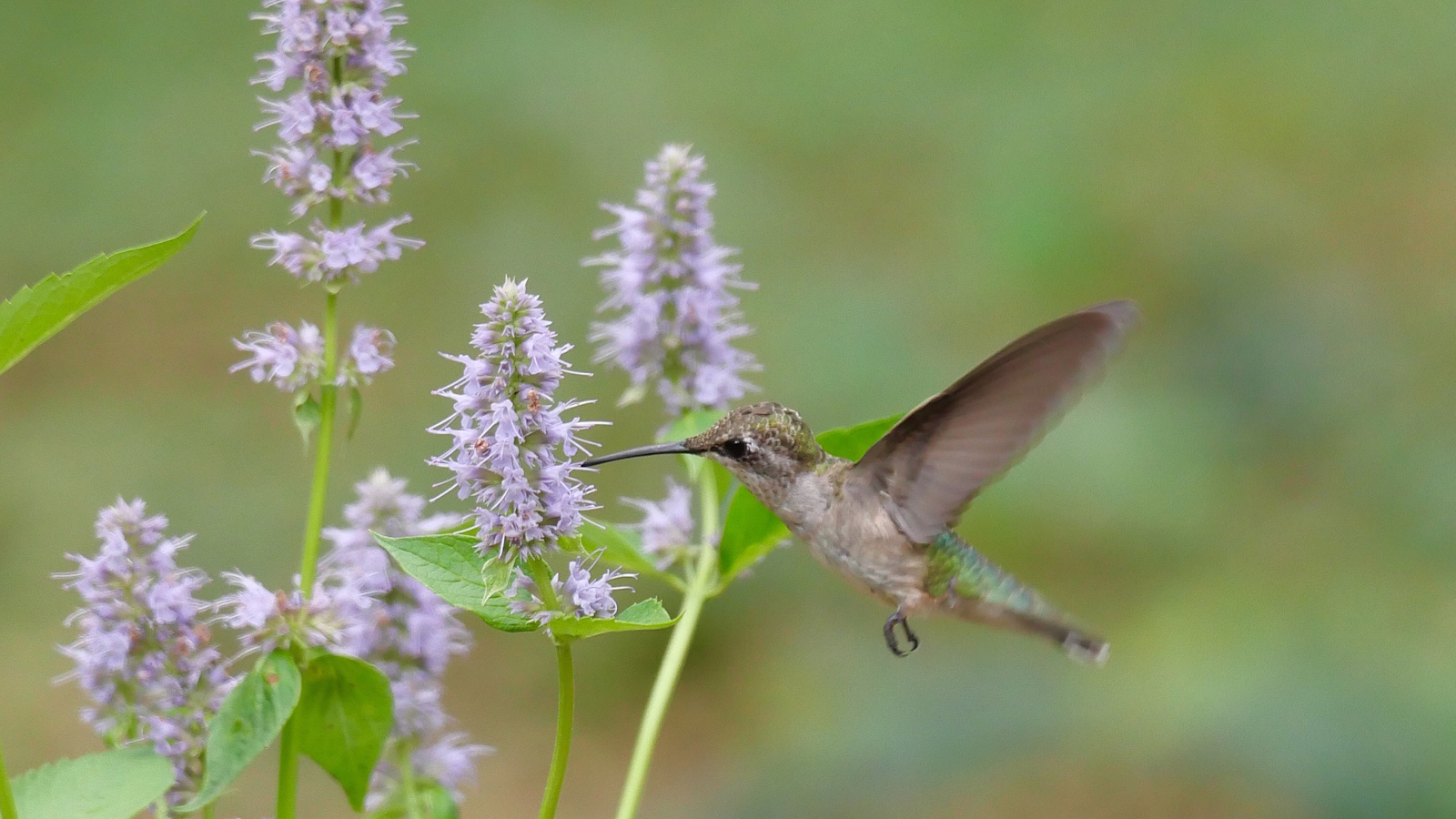

A single hummingbird can visit up to 2,000 flowers a day during the spring and summer months, and it is always fascinating to observe these birds as they dart and dash from flower to flower. Their signature hovering makes them a joy to watch, and if, like me, you are a keen bird watcher, growing plants that attract and support hummingbirds will help to fill your yard with joy.
The good news is that there are thousands of plant species known to be popular with hummingbirds. While red flowers are commonly thought to be magnets for these miniature birds, color alone isn’t everything. Indeed, scent, flower shape and nectar concentration all play a role in what draws them in. Therefore, growing a diverse range of plants will help to attract hummingbirds and keep them coming back throughout the year ahead.
So, if you are keen to support local wildlife, learning how to attract hummingbirds and planting with pollinators in mind is a good step to take. Here are five perennials that attract hummingbirds, including colorful and fragrant options, as recommended by garden experts from North America.
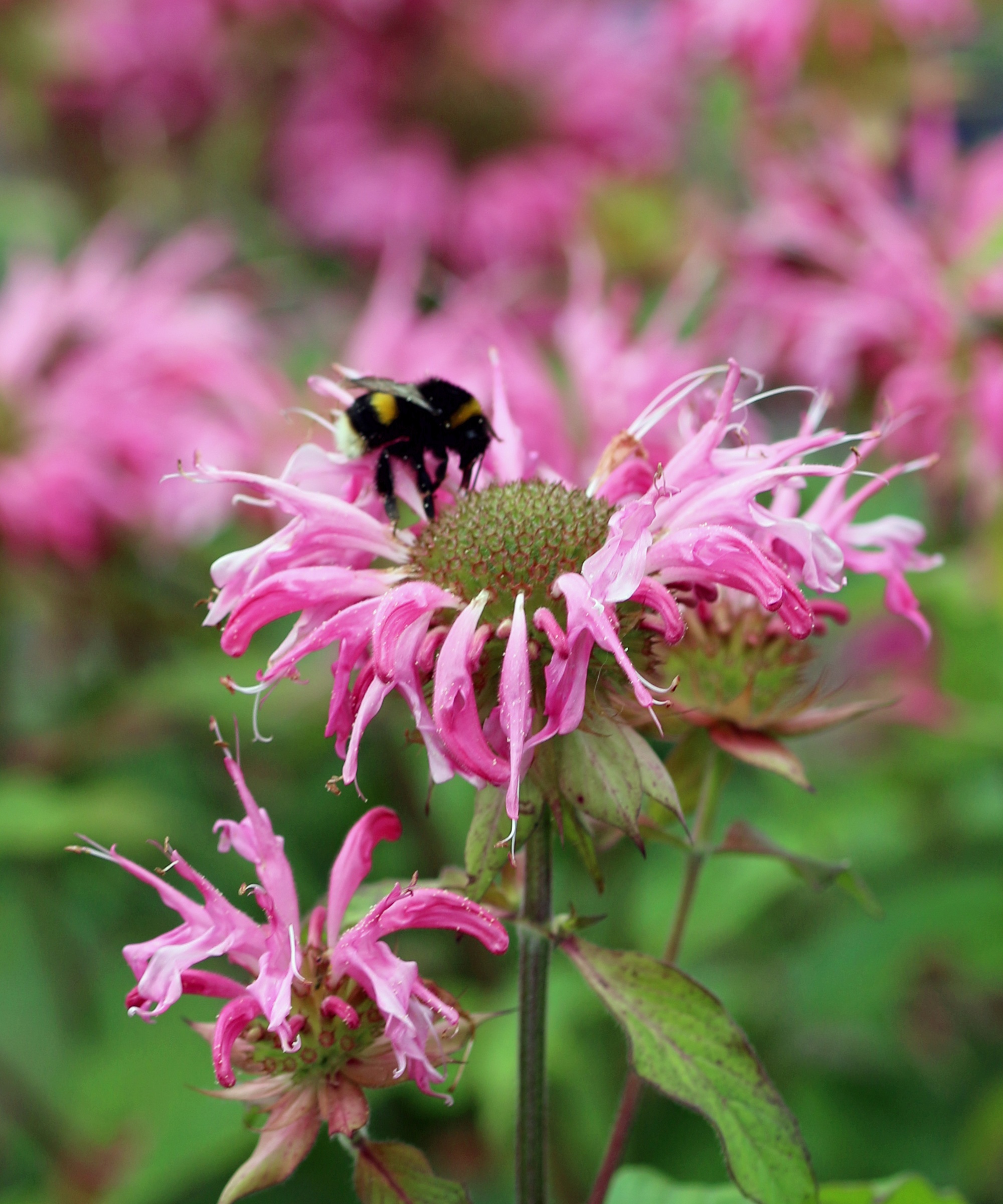
5 best perennials to attract hummingbirds
There are approximately 15 species of hummingbird that are native to North America. Many of these spend the winter in equatorial regions, with the hummingbird migration taking place every year.
Whilst it varies from place to place and species to species, migratory hummingbirds tend to leave their feeding grounds in late summer, returning the following spring. To help them prepare or recover, fill your yard with flowering plants. Here are five perennials to attract hummingbirds that will help them nourished.
1. Hummingbird mint
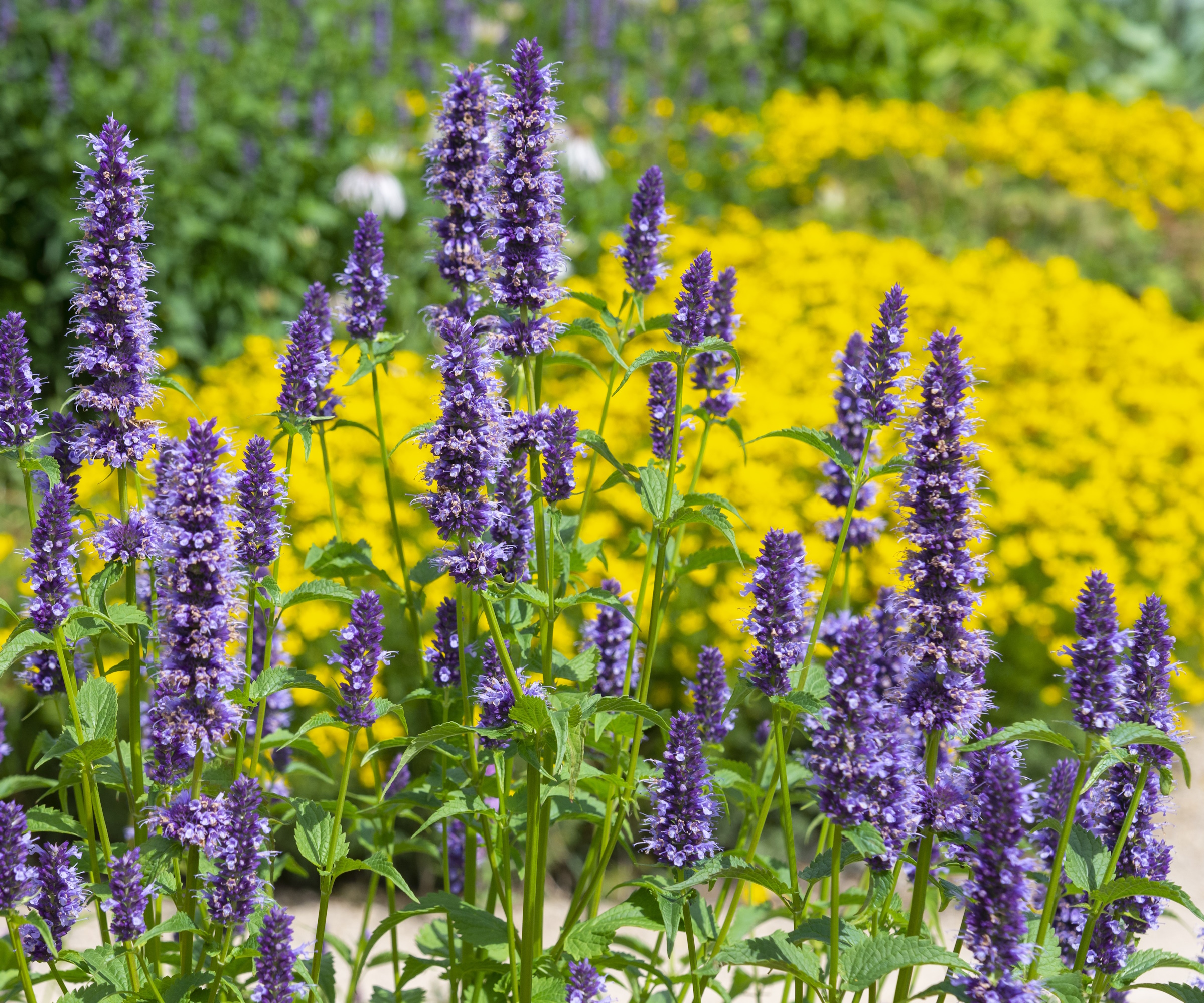
'Agastache, commonly known as hummingbird mint, is hands down one of the best perennials to attract hummingbirds to your garden,' says Tabar Gifford, plant expert and American Meadows master gardener.
'If you are looking for wildlife garden ideas, these towering spikes of pink, purple, and blue blooms will provide a steady nectar source,' Tabar adds, 'whilst also ensuring a vibrant aesthetic in your yard from summer through fall.'
In terms of how to grow hummingbird mint, these perennials thrive in full sun and well-draining soil. Whilst it will depend on the species, most can be grown from US hardiness zone 3 to US hardiness zone 10.
'Their drought-tolerant nature makes them perfect for xeriscaping,' Tabar adds, 'plus their natural resistance to deer and ability to attract butterflies makes them a true multi-purpose plant for any pollinator-friendly landscape.
'Hummingbird mint is also ideal for container gardening, making for an excellent option for those with limited space or wetter climates where in-ground planting may be challenging. Simply use well-draining soil and avoid overwatering to keep them thriving in pots for several seasons.'
Live hummingbird mint plants are available from Amazon.
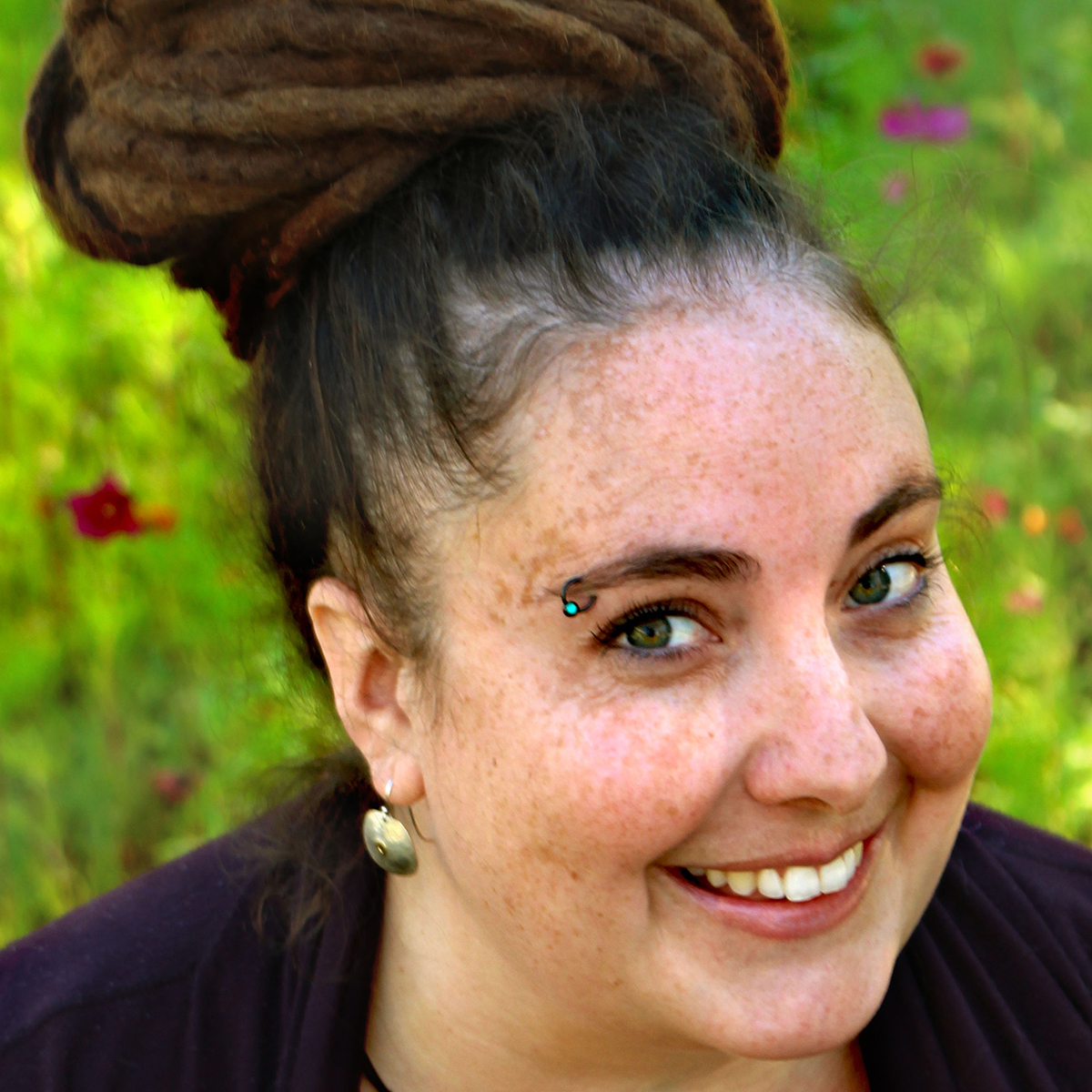
Tabar is the Customer Experience and Partnership Cultivator at American Meadows and High Country Gardens. Tabar is also a Master Gardener and dedicated “plant geek,” who has a lifelong love for gardening and nature and a background in environmental studies. She gardens in zone 4 in Vermont.
2. Bee balm
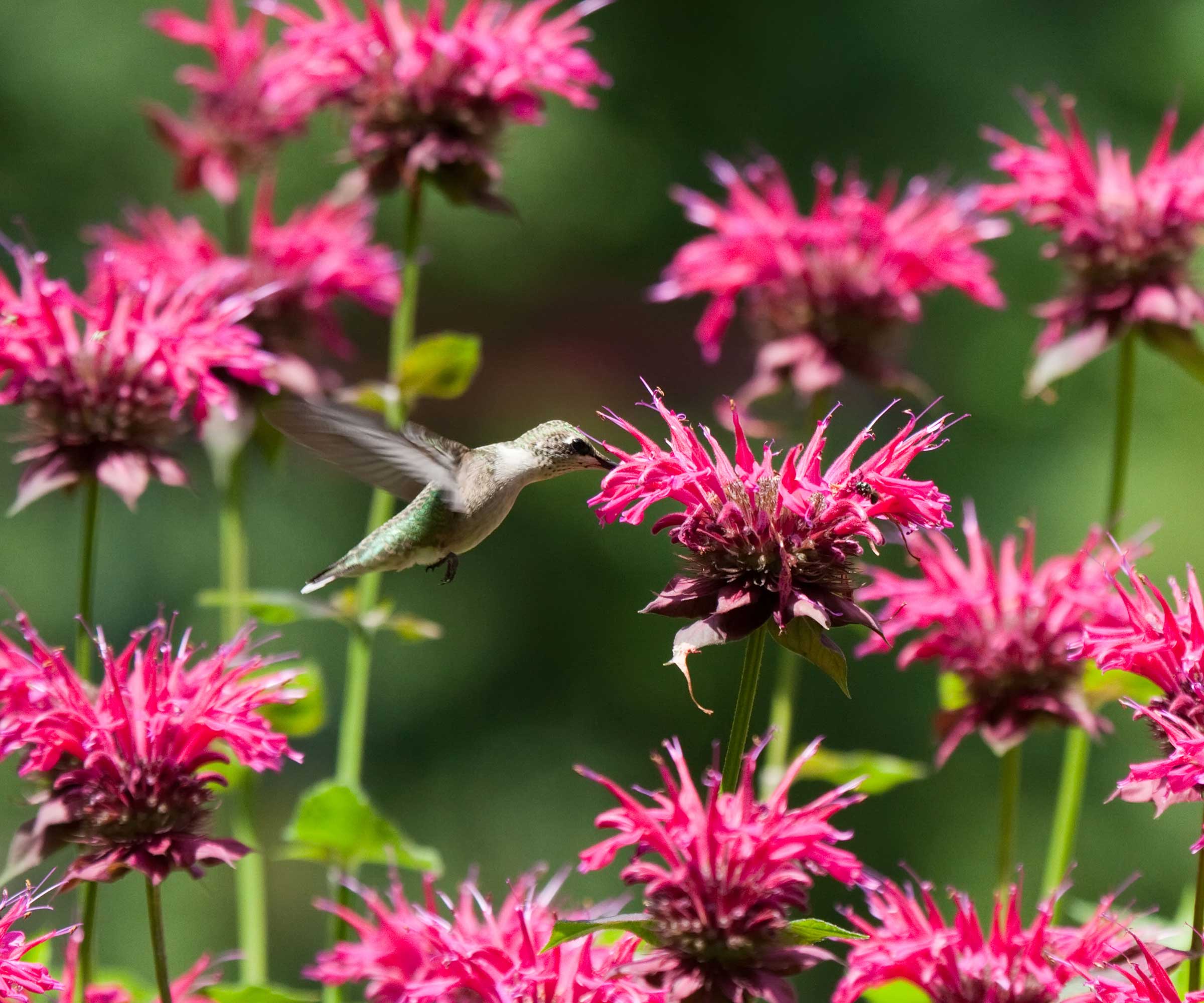
'For flowers that attract hummingbirds, bee balm, or Monarda, is a plant that no wildlife garden should be without,' Tabar continues.
'One of the best monarda varieties that bursts into bloom in summer with striking crimson-red flowers is 'Jacob Cline’, valued by gardeners as a magnet for hummingbirds, bees and butterflies.'
Live Monarda 'Jacob Cline' plants are available to order from Amazon.
'This variety is notably resistant to mildew, making it a tough and long-lasting addition to perennial borders,' Tabar adds. 'In terms of how to grow bee balm, it is hardy from zone 4 plus, adapting well to both full sun and partial shade.
'Bee balm prefers moist, well-drained soil, tolerating even clay soils with ease. Whether grown in a garden bed or a large patio container, this resilient variety provides months of nectar-rich blooms, keeping your garden buzzing with life all season long.'

This heavy-duty spade will last for many years and prove invaluable when planting trees, shrubs and perennials.
3. Red hot poker
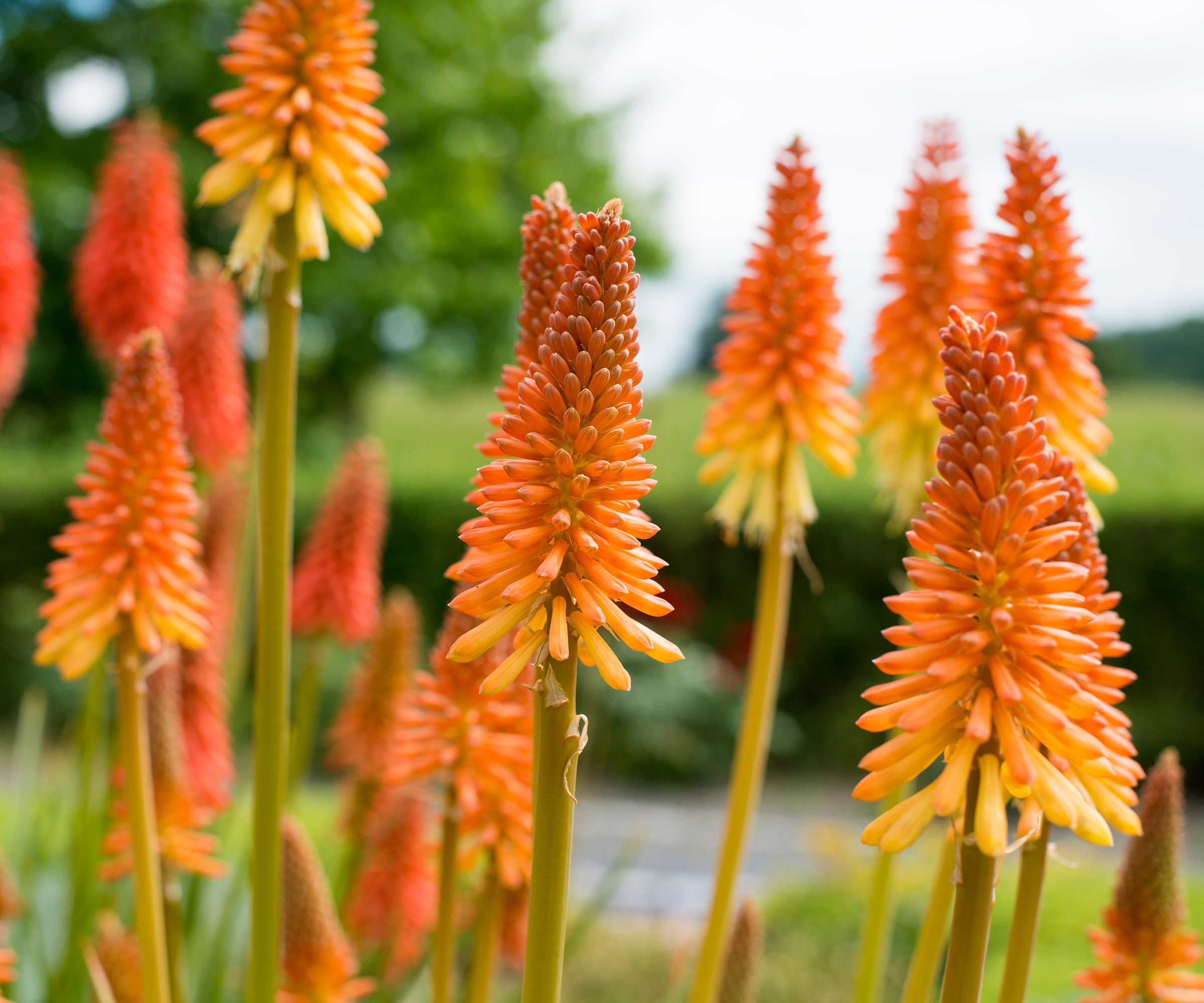
Red hot pokers are some of the best tall perennial flowers. With unmistakable flower spikes that produce hundreds of tubular orange, yellow or red blooms, not only will they look good in colorful garden borders, but hummingbirds will also enjoy the nectar on offer.
'These striking perennials do best in zones 5 to 9, requiring full sun and well-drained, drought-tolerant soil to thrive,' Tabar says.
There are many attractive red hot poker varieties to grow, and most will reach heights of two to five feet tall. For a unique dwarf option that can be grown in pots, try growing this 'Mango Popsicle' red hot poker, available from Nature Hills, which has striking orange blooms that hummingbirds love.
4. Salvia
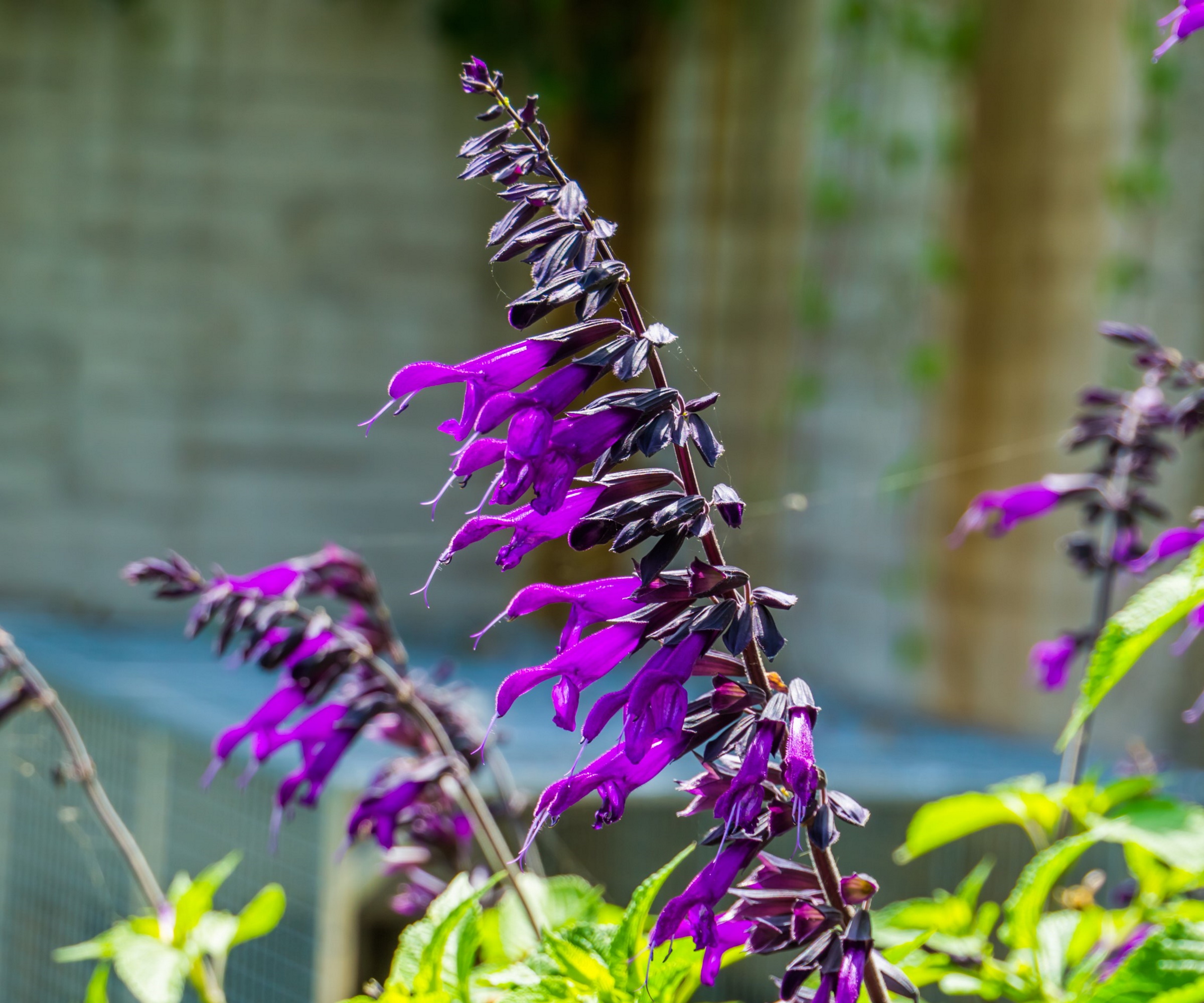
There are over 900 species of Salvia, native to the Americas, Europe and Asia. In terms of how to grow salvias, the exact requirements will depend on the species you opt for, although most can be grown somewhere between zone 3 to zone 9, so you will be sure to find a variety to suit your needs.
Salvia nemorosa, the woodland sage, or Salvia pratensis, the meadow sage, are both native to Europe, typically considered Mediterranean plants that have a preference for sunny sites and well-draining soil.
'Another one of my favorite perennials to attract hummingbirds is Salvia x 'Raspberry Delight', which makes a statement each summer with striking raspberry-colored flowers,' advises plant expert Lauren Carvalho.
'Standing three feet tall, this hybrid is a shrub-like perennial that is hardy to zone 6, prefers full sun, and is covered with flowers all summer long, providing late season nectar for hummingbirds and other pollinators.'
For warmer climates, the red-blooming pineapple sage, Salvia elegans, is the full package. Native to Mexico and Guatemala, this species does best in zone 8 plus, and with red flowers and pineapple-scented foliage, hummingbirds will not be able to resist this unique option.
Live pineapple sage plants are available to order from Amazon.
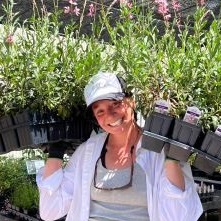
Lauren is the Horticultural Manager for High Country Gardens. Beginning as an organic produce farmer in the Southwest, she developed a fascination with reducing the use of pesticides through using beneficial insects. This led to a life-altering opportunity learning to propagate native and pollinator-friendly, habitat-providing plants under the tutelage of Horticulturalist David Salman.
5. Hummingbird trumpets
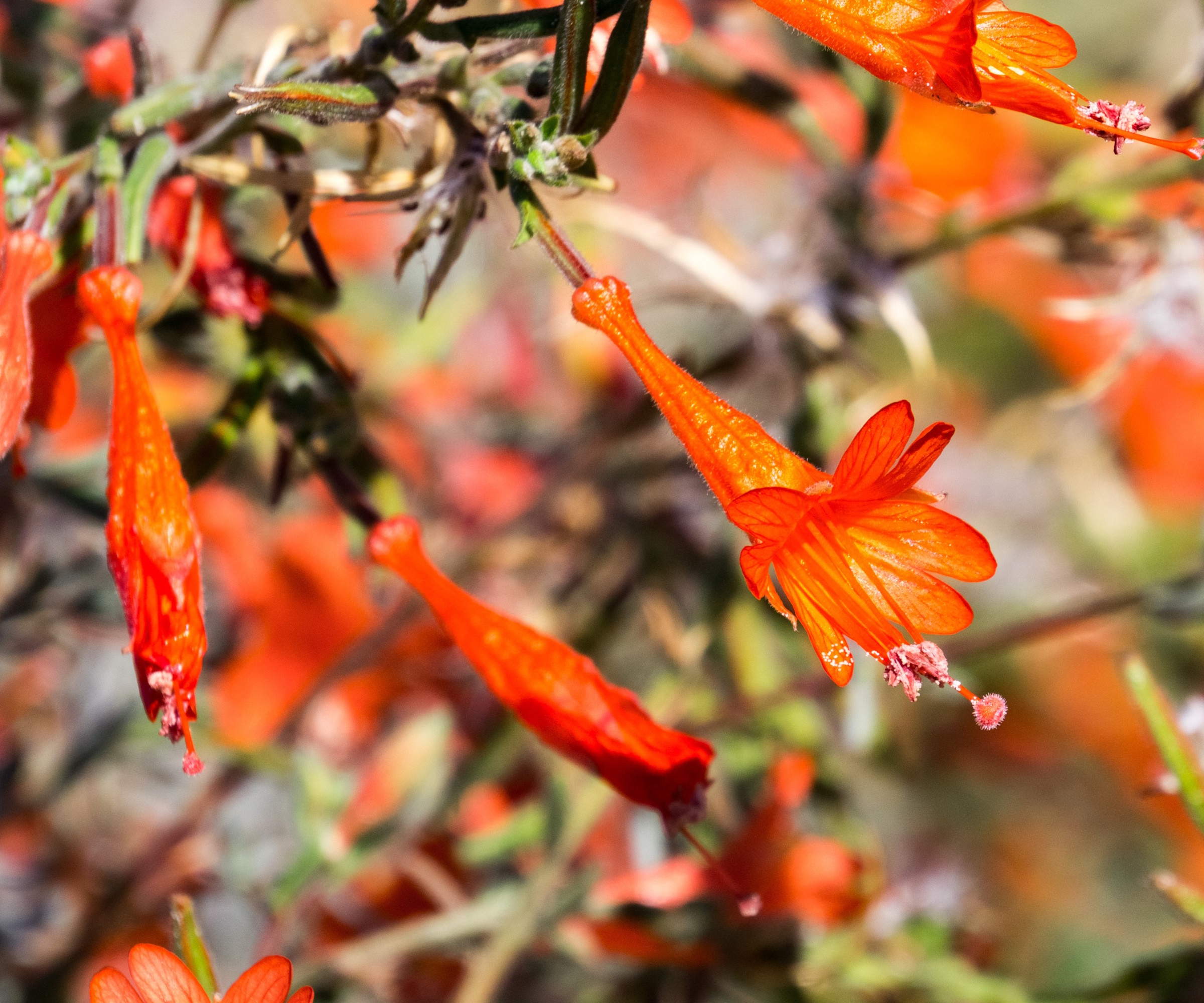
'Another classic for pollinators are hummingbird trumpet plants,' says Lauren, 'producing masses of nearly-neon orange blooms.'
Botanically known as both Epilobium or Zauschneria, hummingbird trumpet plants have long tubular flowers that are high in nectar, drawing in local bees, birds and butterflies.
'One attractive variety to try is the creeping hummingbird trumpet, or Zauschneria garrettii 'Orange Carpet', which is an excellent flowering ground cover plant,' Lauren says.
'True to its name, 'Orange Carpet' spreads, making a great orange ground cover that looks beautiful spilling over rock walls or edging a path,' Lauren adds. 'It is hardy to zone 3, preferring well-drained soil and some dappled shade if you live in a region with extremely hot afternoon sun.'
Californian fuchsia live plants are available from Amazon.
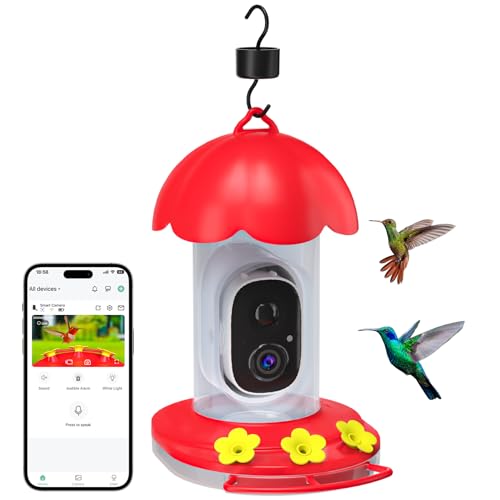
This DOCOON hummingbird feeder camera utilizes cutting-edge technology to take close-up images of hummingbirds as they drink from the nectar ports.
FAQs
What is the best native plant to grow to attract hummingbirds?
Bee balms, or Monarda spp., are native to the Midwest and their nectar-rich flowers will always be popular with hummingbirds and pollinators. Both the Monarda didyma ‘Raspberry Wine’ and Monarda didyma ‘Jacob Cline’ are good options that are hardy to zone 4. Alternatively, for native spring flowers to attract hummingbirds, try growing the red columbine, or Aquilegia canadensis. This perennial plant is native to eastern North America, celebrated for its clashing red and yellow blooms that pollinators love.
There are also many shrubs and trees that attract hummingbirds, including the native eastern redbud and the striking tulip tree, both of which are highly valued for their spring blooms. Whatever you opt to grow, choosing species with open flowers that are brightly colored and highly fragrant will always prove popular with wildlife.
Sign up to the Homes & Gardens newsletter
Design expertise in your inbox – from inspiring decorating ideas and beautiful celebrity homes to practical gardening advice and shopping round-ups.

Thomas is a Content Editor within the Gardens Team at Homes and Gardens. He has worked as a professional gardener for both public spaces and private estates, specializing in productive gardening, growing food and flowers. Trained in Horticulture at the Garden Museum, he has written on gardening and garden history for various publications, including The English Garden, Gardens Illustrated, Hortus, The London Gardener and Bloom. He has co-authored a Lonely Planet travel book, The Tree Atlas, due out in 2024.
You must confirm your public display name before commenting
Please logout and then login again, you will then be prompted to enter your display name.
-
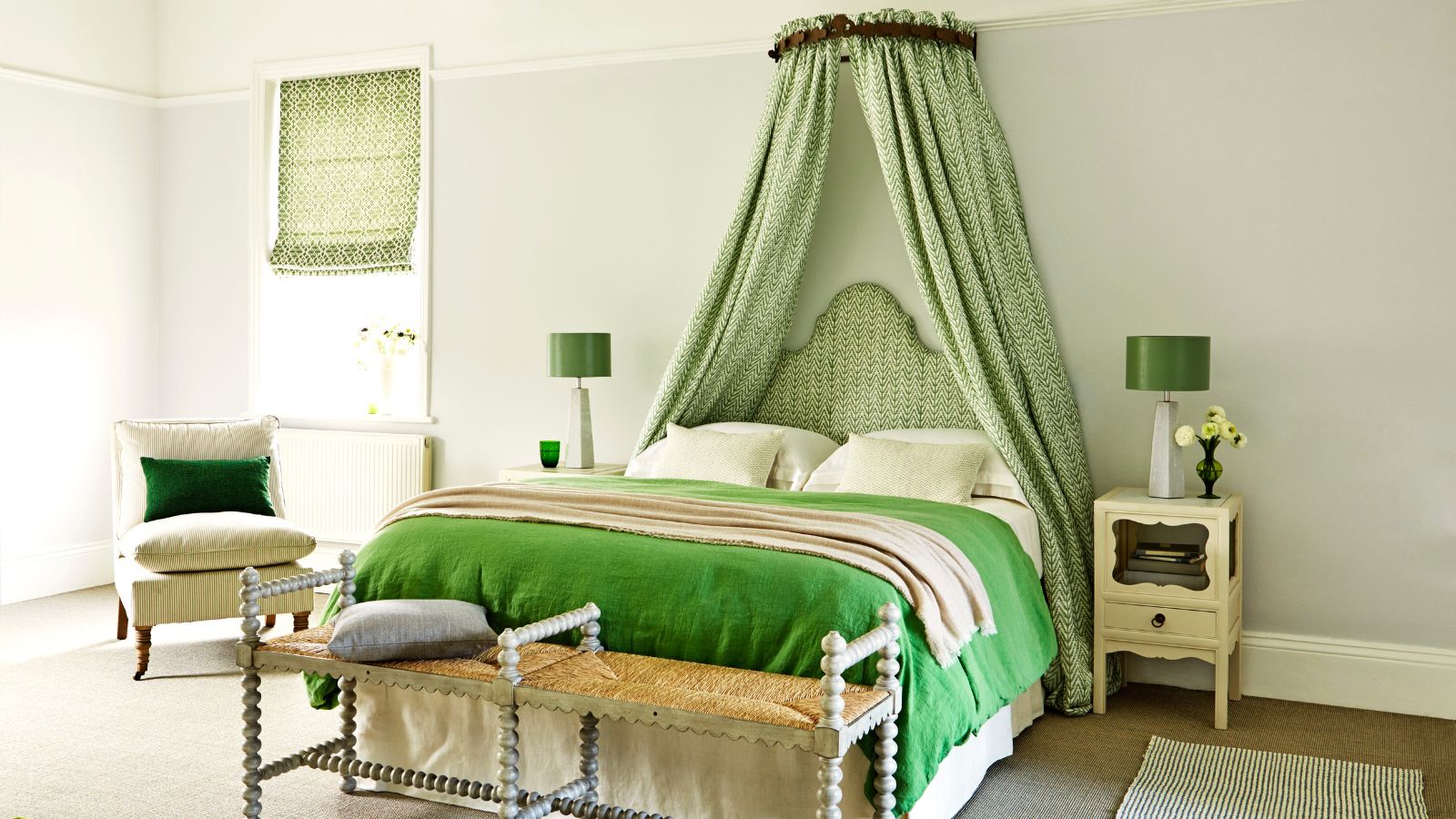 I'm an expert vacuum tester, and no, you really don't need a mattress vacuum – here's what to use instead
I'm an expert vacuum tester, and no, you really don't need a mattress vacuum – here's what to use insteadBefore investing in a new gadget, the tried-and-true methods still work
By Dan Fauzi
-
 Charli XCX's front door color 'feels deliberate, and almost calculated' – estate experts say it carries authority (but it comes with a warning)
Charli XCX's front door color 'feels deliberate, and almost calculated' – estate experts say it carries authority (but it comes with a warning)The singer's sophisticated front door color gives a 'psychological head start' to sellers, but it has a potentially unlucky downside
By Megan Slack
-
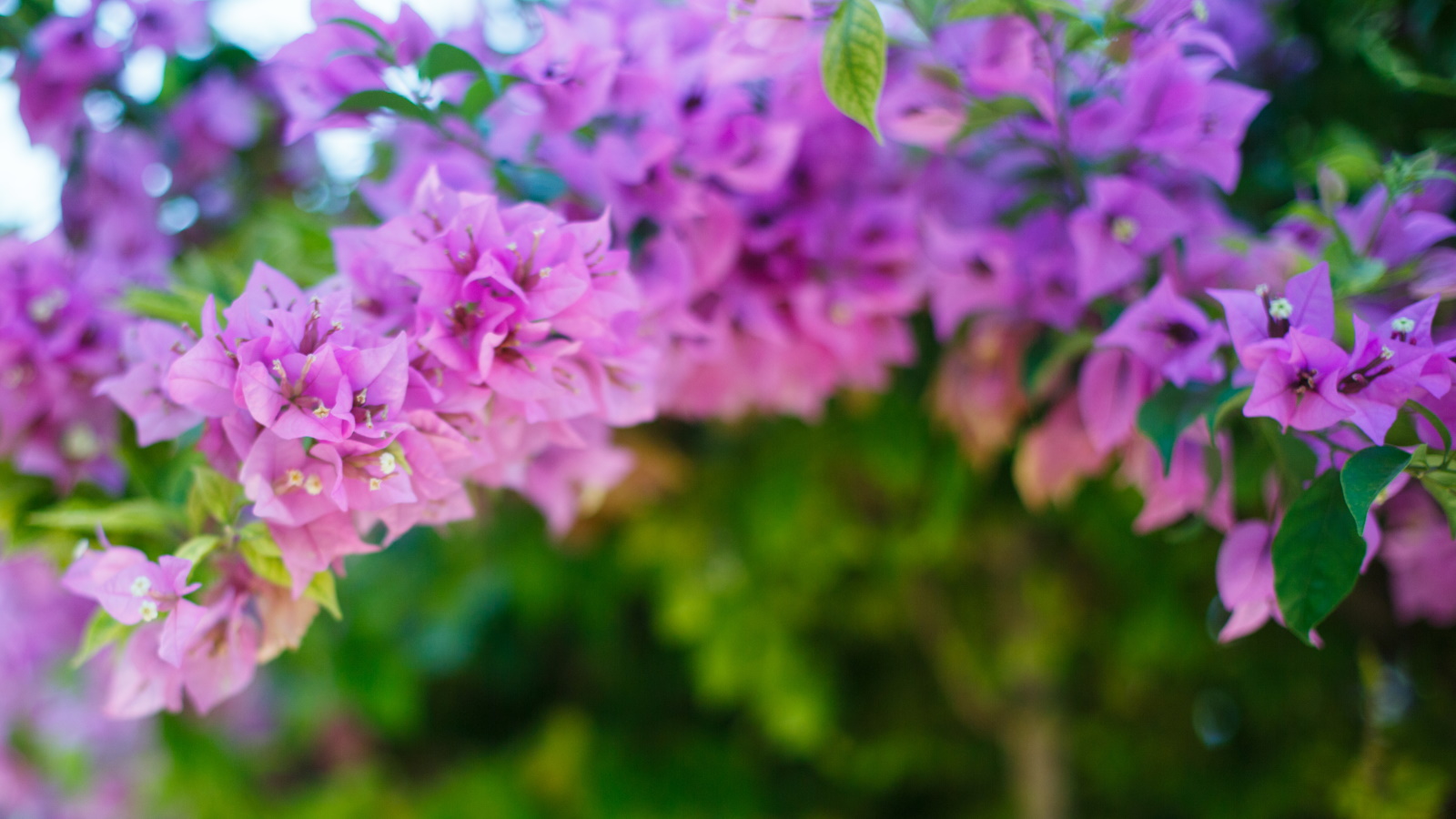 Best climbers to grow in pots – 5 easy-to-grow vines that will transform small spaces with vibrant color
Best climbers to grow in pots – 5 easy-to-grow vines that will transform small spaces with vibrant colorMake the most of small terraces, patios and balconies by filling pots with colorful climbers
By Thomas Rutter
-
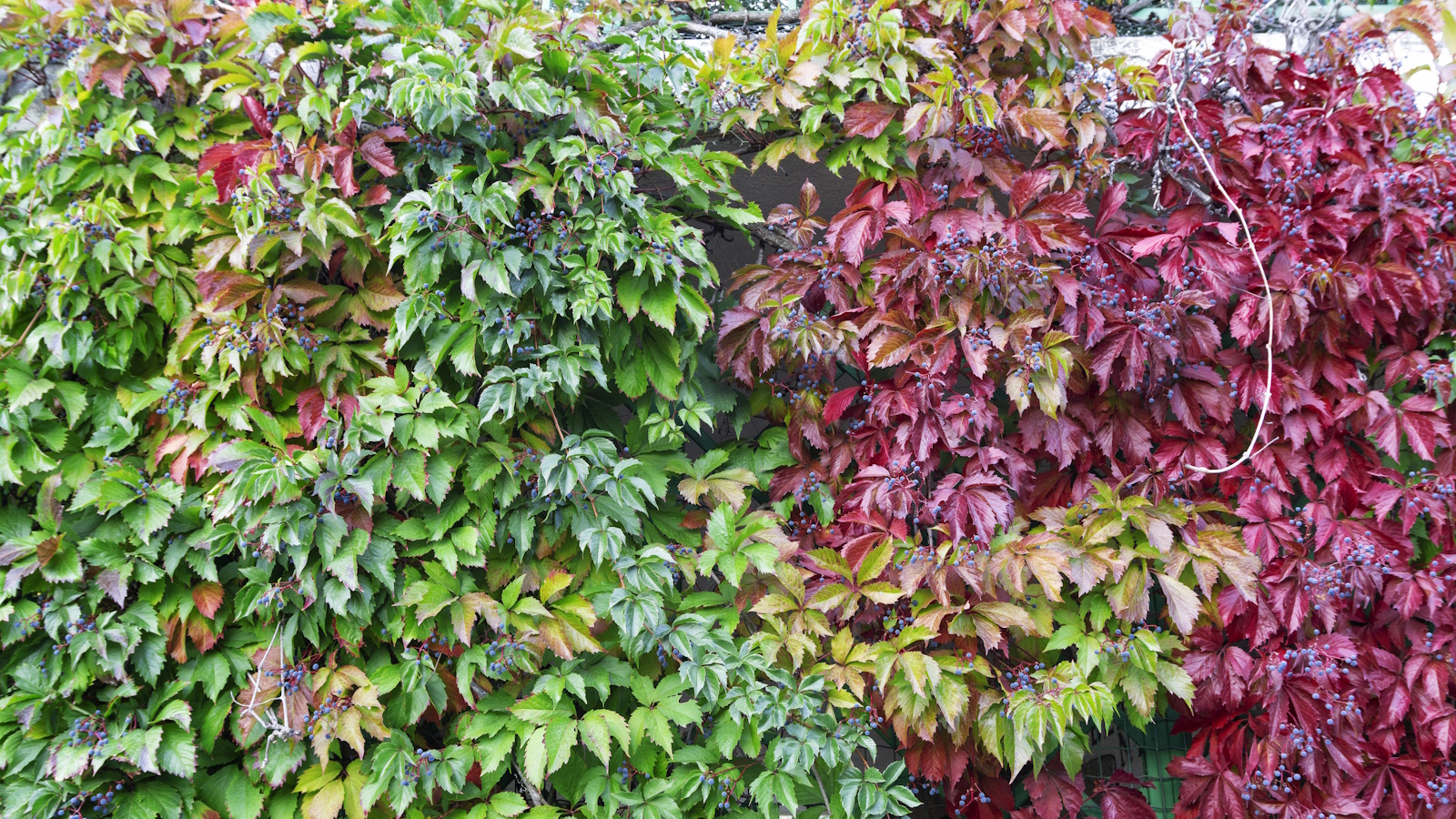 How to grow Virginia creeper – it may divide opinion, but this fast-growing, shade-tolerant vine will cover walls and fences in record time
How to grow Virginia creeper – it may divide opinion, but this fast-growing, shade-tolerant vine will cover walls and fences in record timeIf you are looking for spectacular fall color, Virginia creeper is the climbing plant to grow
By Thomas Rutter
-
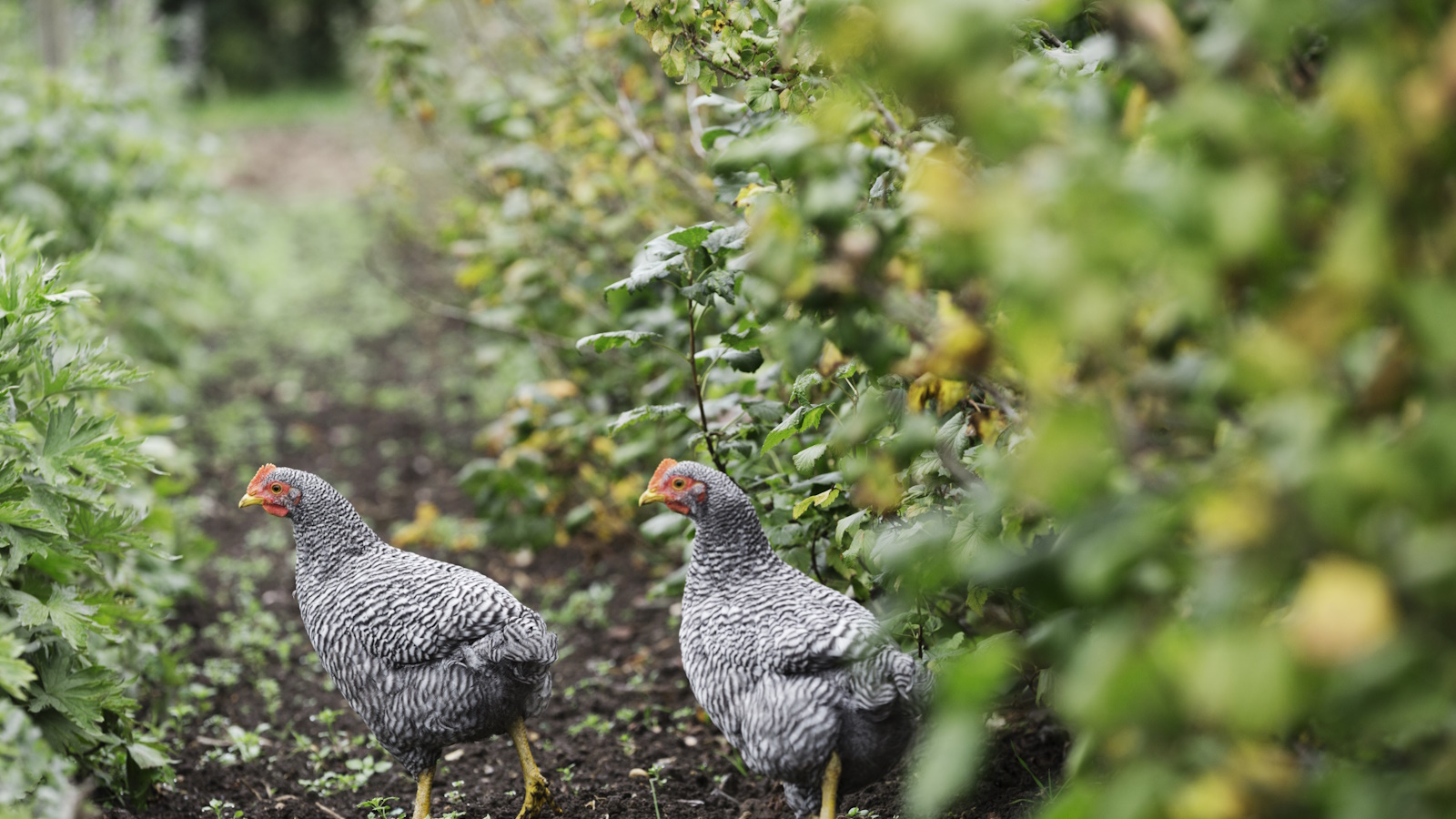 Best plants for a chicken run – 7 fragrant and floral plants for happy hens and beautiful coops
Best plants for a chicken run – 7 fragrant and floral plants for happy hens and beautiful coopsYour chicken run can be every bit as beautiful as your own garden, so long as you do your research first
By Kayleigh Dray
-
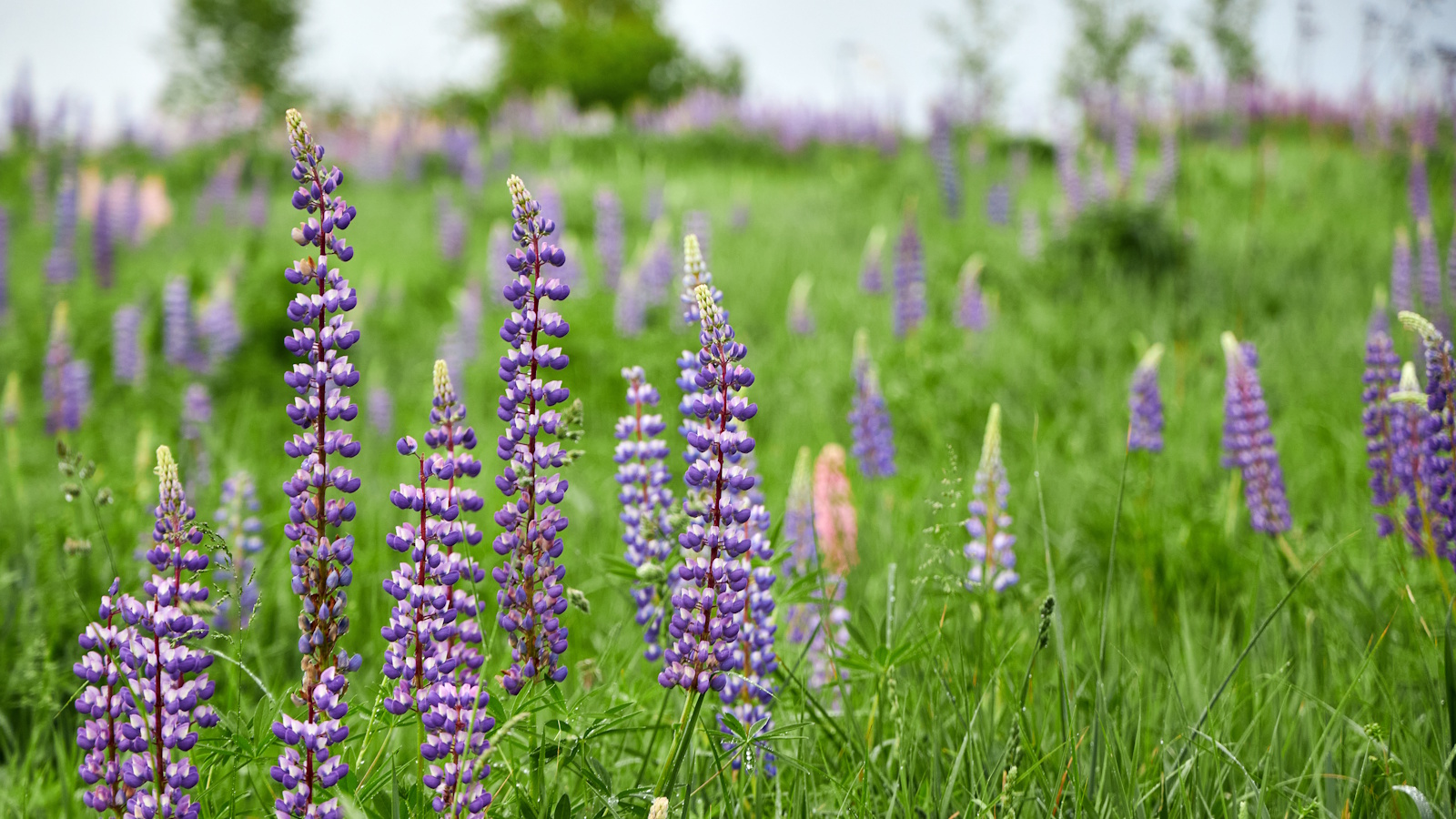 How to grow lupine – expert advice on growing this dramatic and vibrant cottage garden flower
How to grow lupine – expert advice on growing this dramatic and vibrant cottage garden flowerVibrantly colored flower stalks make swathes of lupines a sight to see in meadows and cut flower gardens alike
By Ellen Wells
-
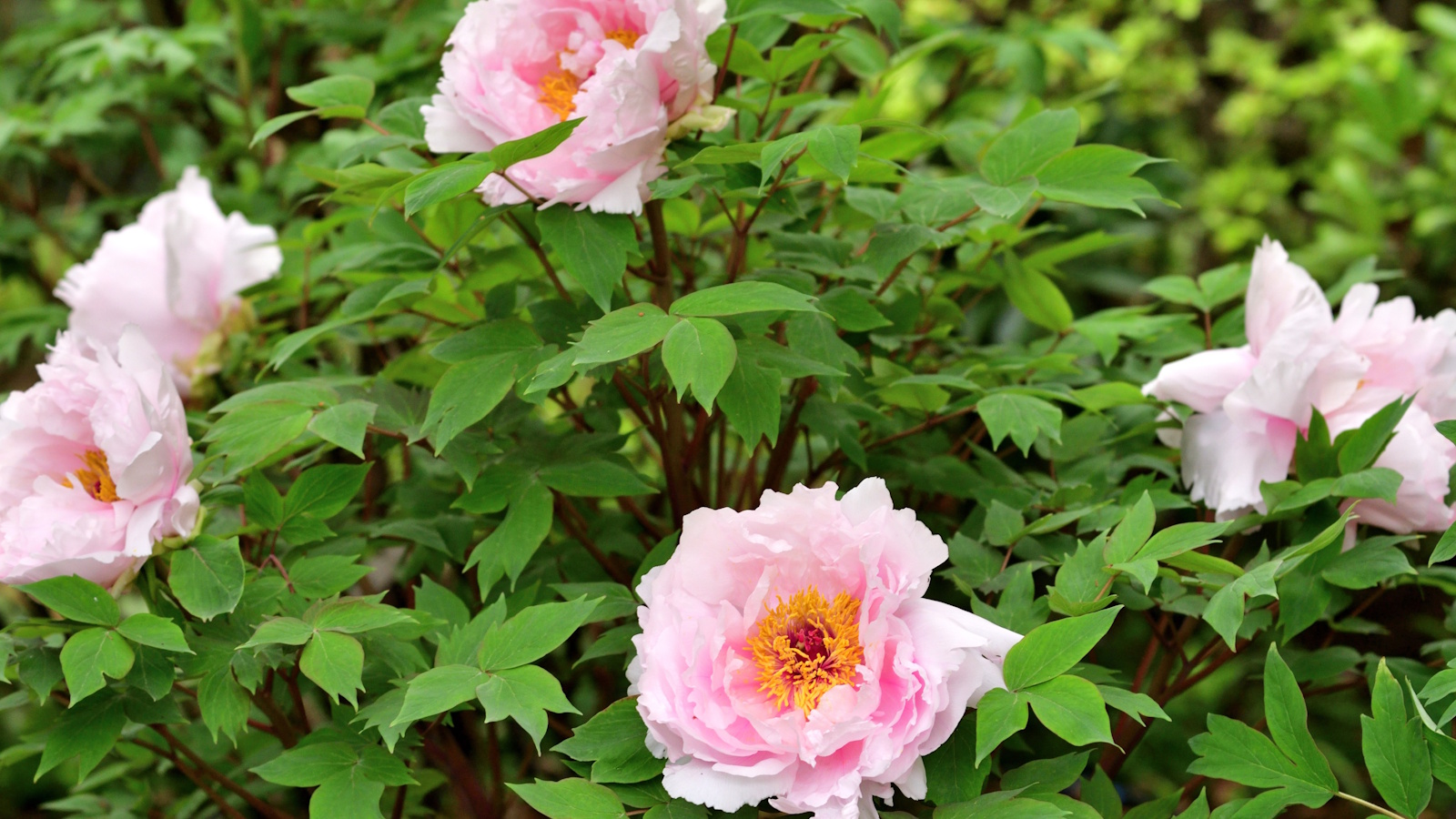 How to grow tree peonies in pots – for a show-stopping shrub that will thrive in partially shaded yards
How to grow tree peonies in pots – for a show-stopping shrub that will thrive in partially shaded yardsWith large, saucer-like blooms, tree peonies are the ultimate flowering shrub
By Thomas Rutter
-
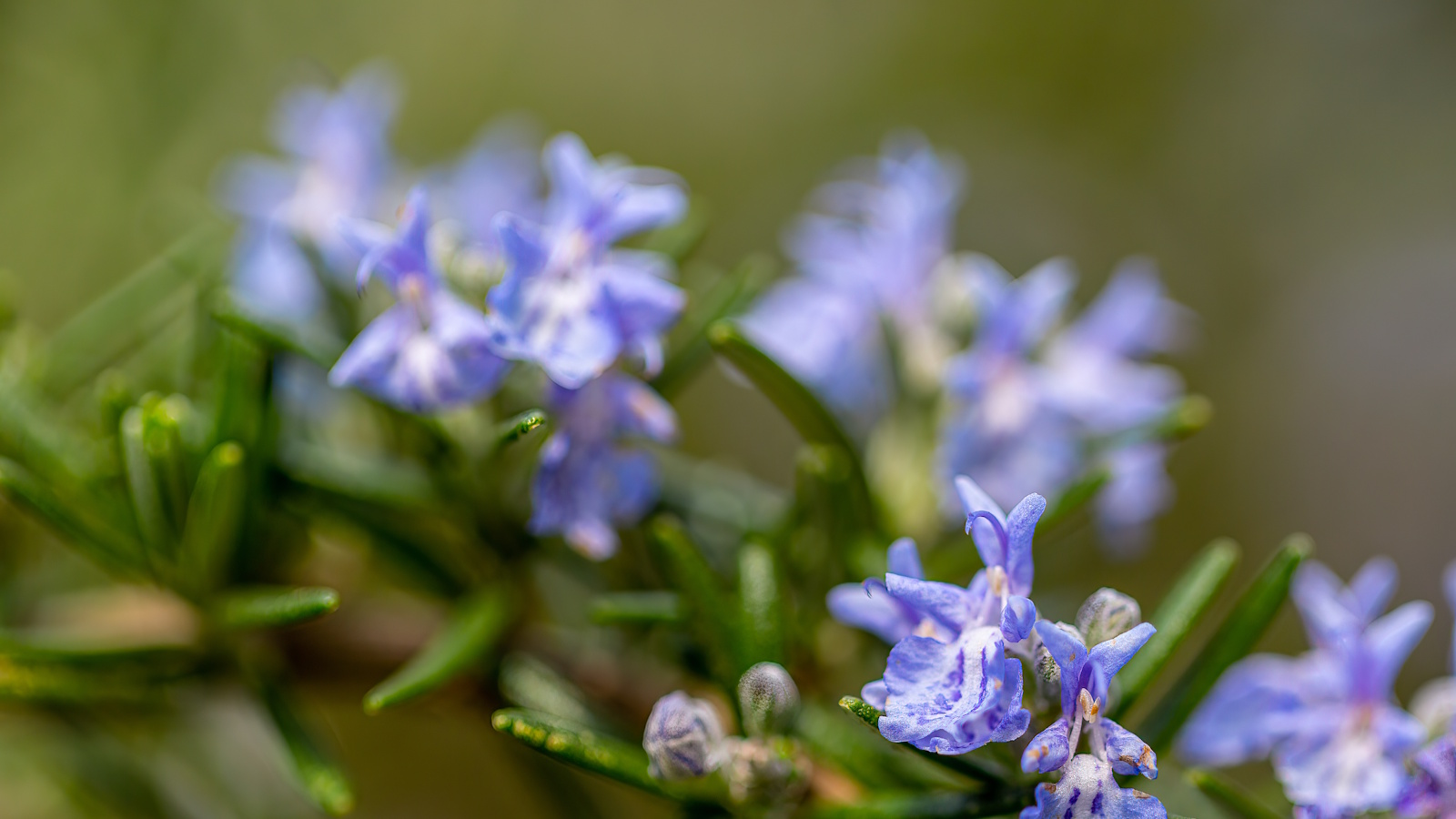 Can you revive woody rosemary plants? Expert pruning advice from a professional gardener to save old, leggy herbs
Can you revive woody rosemary plants? Expert pruning advice from a professional gardener to save old, leggy herbsWith the right pruning approach, old and woody rosemary plants can be brought back to life
By Thomas Rutter
-
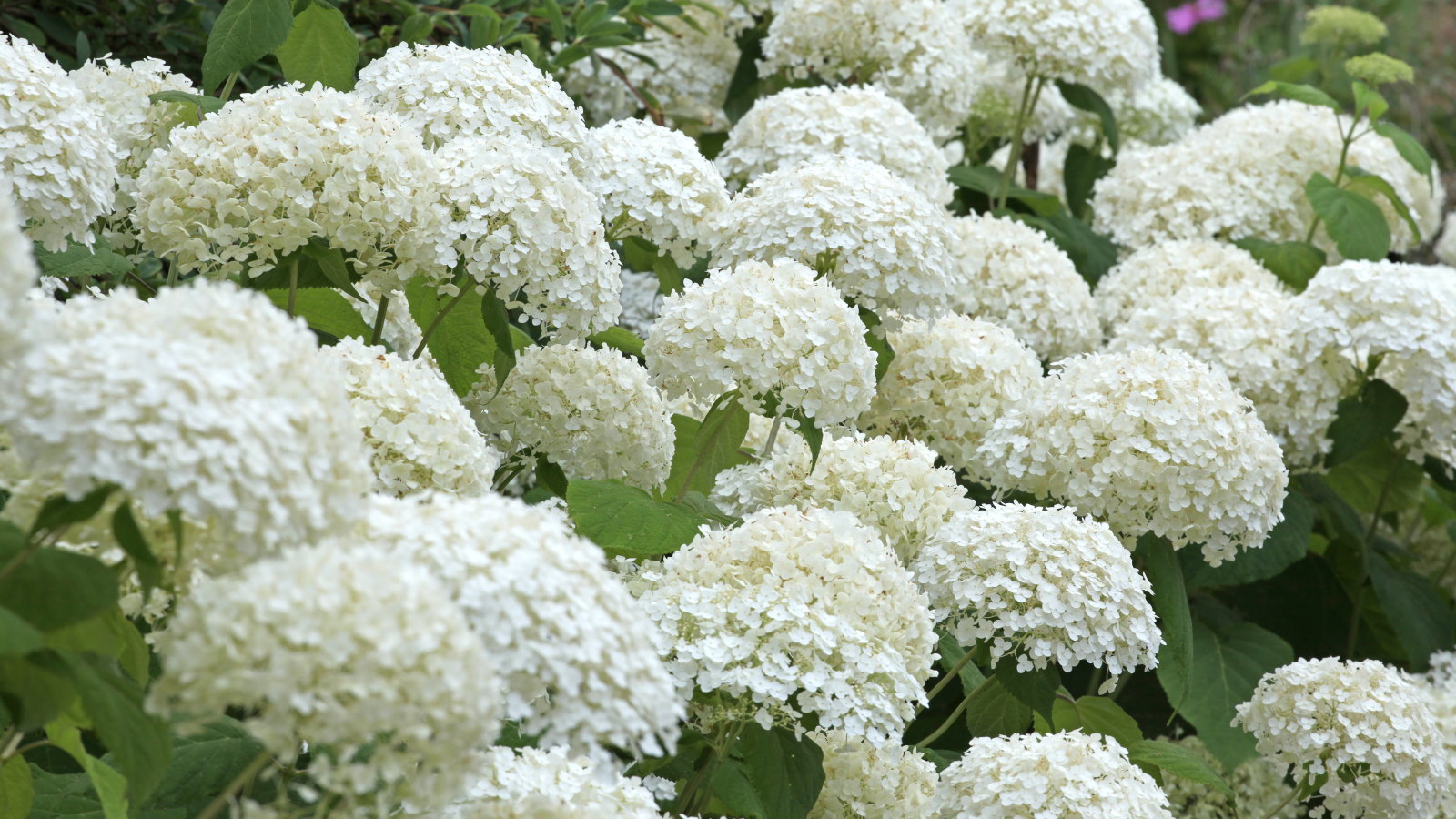 Your hydrangeas will flourish with bigger blooms and healthier growth thanks to this 1 natural material that is easy to use
Your hydrangeas will flourish with bigger blooms and healthier growth thanks to this 1 natural material that is easy to useDiscover why you should be using leaf mold to mulch hydrangeas
By Drew Swainston
-
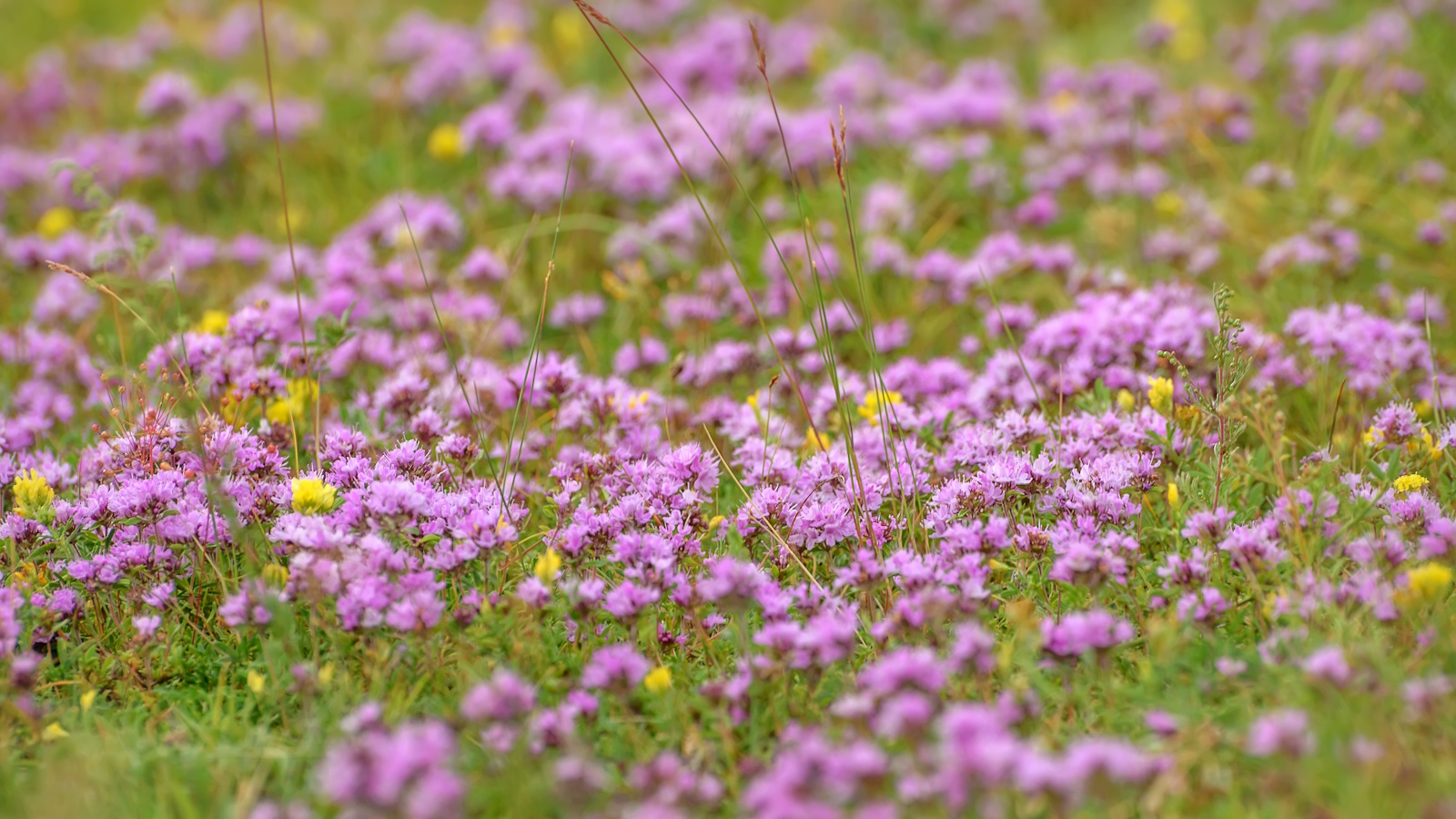 5 fast-growing tiny flowers – expert recommendations to fill your pots and borders with color in record time
5 fast-growing tiny flowers – expert recommendations to fill your pots and borders with color in record timeThese fast-growing tiny flowers prove that miniature can also be marvelous
By Thomas Rutter
